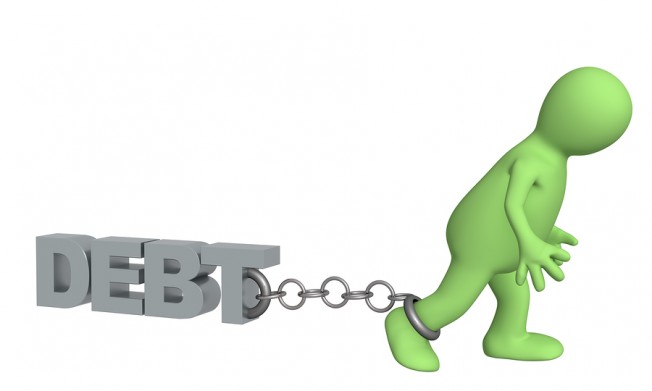 Getting into debt is one of the easiest things in the world for someone living in contemporary America. Every time you go shopping there will be somebody trying to get you signed up for some sort of premium rewards credit card, every time you go to a bank they will have ads and pamphlets for mortgages and car loans, and even students are having a harder and harder time enrolling in college without enlisting some sort of student loan.
Getting into debt is one of the easiest things in the world for someone living in contemporary America. Every time you go shopping there will be somebody trying to get you signed up for some sort of premium rewards credit card, every time you go to a bank they will have ads and pamphlets for mortgages and car loans, and even students are having a harder and harder time enrolling in college without enlisting some sort of student loan.
Debt has become an inescapable facet of life, and many of us are paying the price for it. It’s important to know when going into debt is a good idea, and when it’s going to turn into a waste of time and money.
Fixing debt problems isn’t just a matter of changing spending habits, it’s a matter of changing how you view your money. You can’t look at borrowed money as your own money, but more importantly you can’t look at it as money itself either — borrowed money is and always will be money with an interest rate attached, so every dollar owed back is always a dollar and then some.
This is where the first step in mentally disassociating debt money from earned money takes place. While you’re borrowing in dollars and paying in dollars, at the end of the day what you’re paying back aren’t just the dollar amounts you received — they have the hefty price tag of interest added on. It’s important to avoid thinking of borrowed money as the same money you keep in a savings account. Rather, knowing both how much you owe at all times and distinctly making an effort to not think of that money as actual money is imperative.
Keep your debt and your actual finances separate in your mind at all times. Change the way you approach your relationship with your debt. The bank or loan officer is making an investment in you and expecting a return on their investment. That return, again, is called interest. If you can’t deliver, don’t take the money in the first place.
It’s just as important to consider what taking on debt will accomplish, and how likely that goal is to provide a solid return. If your chances of actually turning a profit out of that debt, interest rates included, are relatively slim, it’s better to wait until you can finance the project yourself. Ideally, debt would only be used on projects that are all but guaranteed to turn a profit, whether it be for your business or for your education.
The most important thing to consider when taking on debt is not seeing it as a means of getting what you want, but rather as someone (the loan company) getting something out of you: basically, a long‐term investment in your life. Depending on the size of the loan you take on, you may be keeping that company happy and profitable for years, if not decades. All this to say: think before you borrow.




